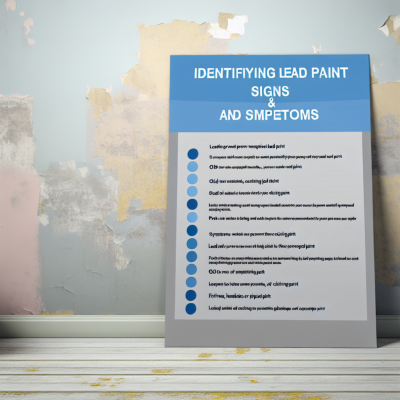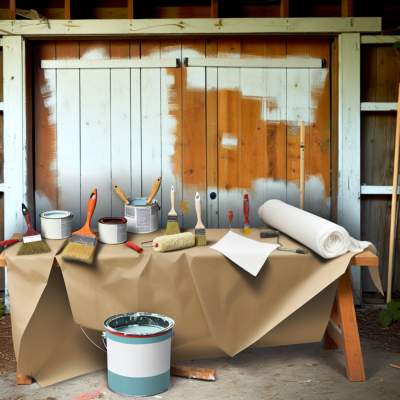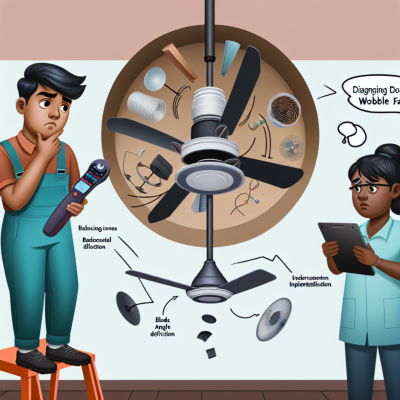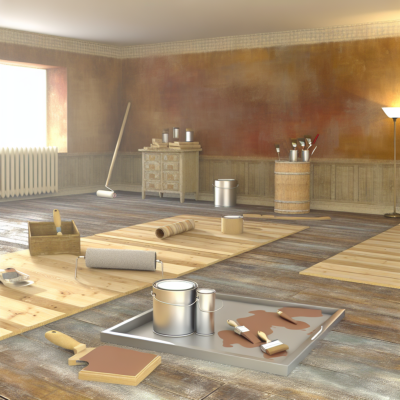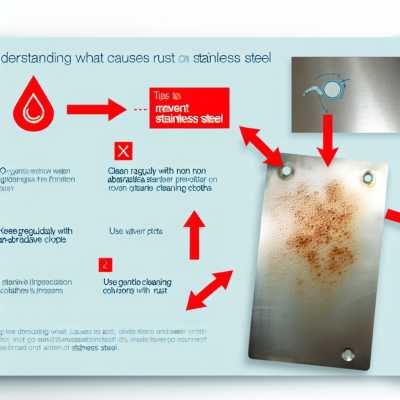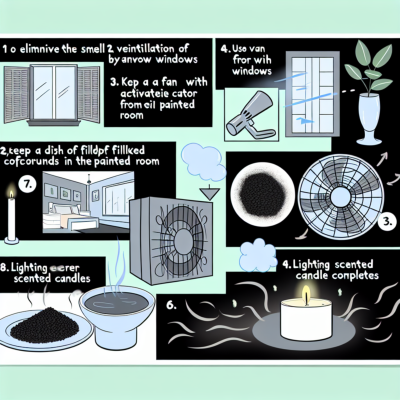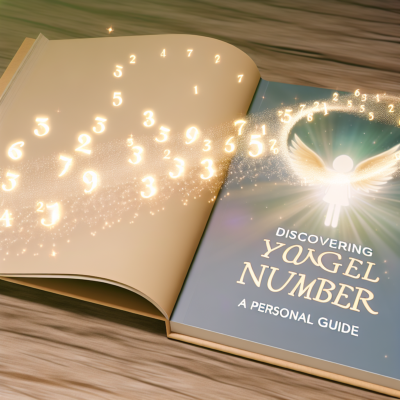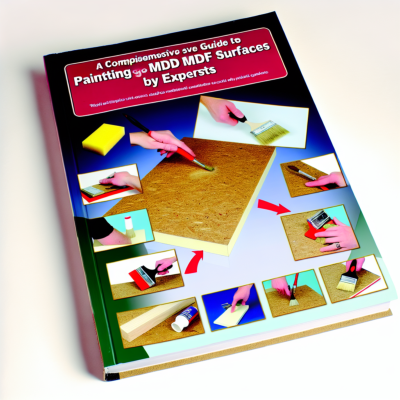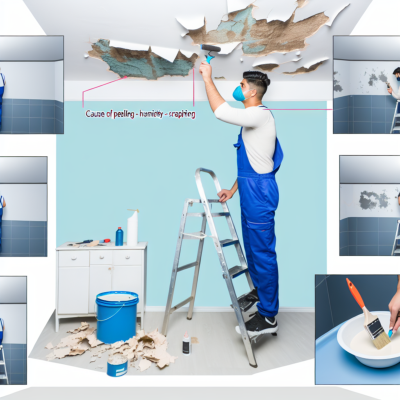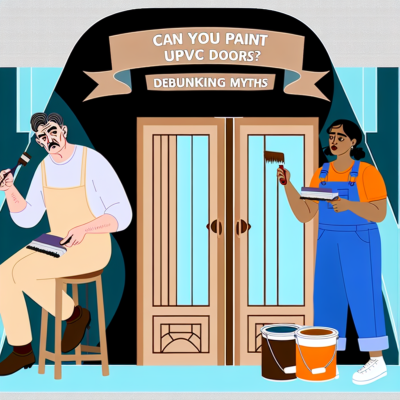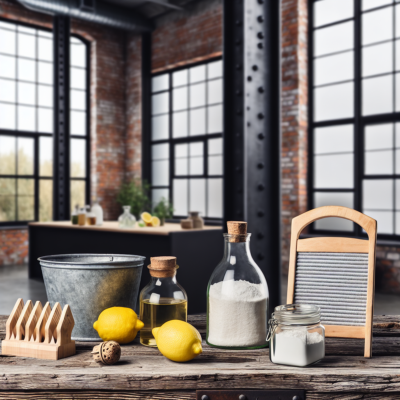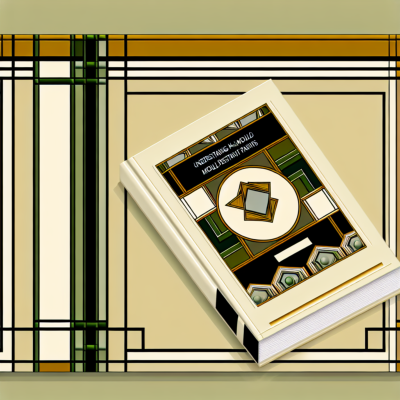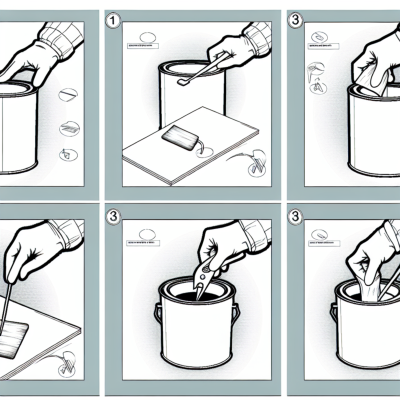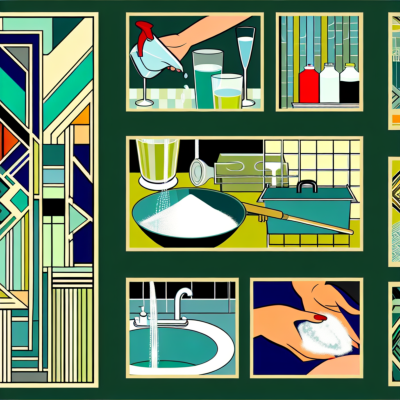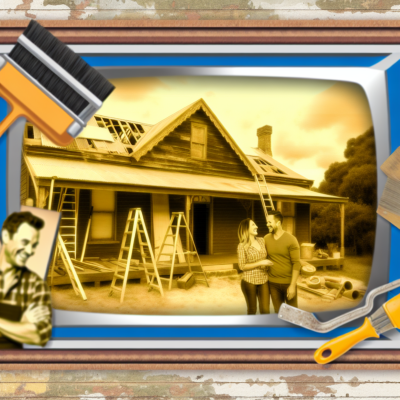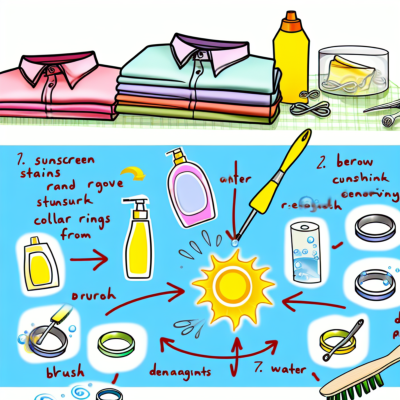Antique mirrors can lend a sense of elegance, history, and charm to any space. If you appreciate the beauty of antiqued looking glass but don’t want to pay premium prices, crafting your own antique mirror effects can be a rewarding DIY project. Whether you’d like to distress an existing mirror or apply special finishes to create an aged appearance, there are versatile techniques to try. This article explores easy methods for antiquing mirror surfaces , adding decorative accents , using patina chemicals , and more. With some simple supplies and a little creativity, you can easily transform ordinary mirrors into stunning vintage statement pieces that reflect your personal style.
best places to live in texas
If you're someone who appreciates the beauty and elegance of antique decor, then you're likely to be drawn to antique-style mirrors. These mirrors not only serve a practical purpose but also add a touch of vintage charm to any room. Crafting and caring for antique-style mirrors can be a rewarding and enjoyable experience, allowing you to create a unique piece that reflects your personal style.
When it comes to crafting antique-style mirrors, there are several techniques and materials to consider. One popular method is distressing the mirror frame to give it an aged look. This can be achieved by using sandpaper, paint, and other tools to create scratches, dents, and imperfections. Another option is to apply a patina finish, which gives the frame a weathered appearance. Whichever technique you choose, it's important to take your time and pay attention to detail to achieve an authentic antique look.
Once you've crafted your antique-style mirror, it's essential to care for it properly to ensure its longevity. Antique mirrors are delicate and can be easily damaged if not handled with care. To clean your mirror, avoid using harsh chemicals or abrasive materials that can scratch or tarnish the glass. Instead, use a soft cloth or a microfiber cloth with a gentle cleaning solution. Regular dusting and avoiding direct sunlight can also help preserve the mirror's condition.
Whether you're a seasoned crafter or just starting out, crafting and caring for antique-style mirrors is a wonderful way to showcase your creativity and appreciation for the past. With the right techniques and care, you can create a stunning mirror that will become a cherished heirloom for years to come.
DIY Techniques for Creating Antique Mirrors

Creating antique mirrors can be a fun and rewarding DIY project. By using the right techniques, you can transform an ordinary mirror into a beautiful antique piece that adds character and charm to any room. Here are some DIY techniques for creating antique mirrors:
- Distressing: To create an antique look, you can distress the frame of the mirror. Use sandpaper or a wire brush to gently scrape the edges and corners of the frame. This will give the mirror a weathered and aged appearance.
- Aging the Glass: One way to give your mirror an antique look is to age the glass itself. You can achieve this by applying a mixture of vinegar and water to the surface of the glass and then wiping it off with a soft cloth. This will create a subtle foggy effect that mimics the natural aging process.
- Applying an Antiquing Solution: Another technique for creating an antique mirror is to apply an antiquing solution to the glass. This solution can be purchased at craft stores and is typically brushed or sprayed onto the glass. It creates a mottled and uneven finish that resembles the patina of an antique mirror.
- Adding Decorative Accents: To further enhance the antique look of your mirror, consider adding decorative accents. You can attach ornate metal corner pieces or appliques to the frame, or use a stencil to create a vintage design on the glass. These details will give your mirror a unique and personalized touch.
Remember, creating antique mirrors requires patience and attention to detail. Take your time and experiment with different techniques until you achieve the desired look. With a little creativity and effort, you can create a stunning antique mirror that will be a beautiful focal point in your home.
How do you make a homemade antique mirror?
If you want to create a homemade antique mirror, there are a few steps you can follow:
- Start by finding a suitable frame for your mirror. Look for a vintage frame with intricate details or a distressed finish to give it an antique look.
- Remove any existing mirror from the frame, if necessary. You can do this by carefully prying it off or unscrewing any mounting hardware.
- Clean the frame thoroughly to remove any dirt or debris. You can use a soft cloth and mild soap or wood cleaner for this step.
- Measure the dimensions of the frame and have a new mirror cut to fit. Most hardware or glass stores can do this for you.
- Apply a mirror adhesive or double-sided mirror tape to the back of the mirror, following the manufacturer's instructions. Carefully place the mirror into the frame, making sure it is centered.
- Secure the mirror in place by using mirror clips or brackets. Make sure they are evenly spaced and tightened properly.
- If you want to distress the frame to give it a more authentic antique look, you can use sandpaper or a wire brush to gently remove some of the paint or finish. Be careful not to damage the frame too much.
- Apply a coat of antique glaze or wax to the frame, following the product instructions. This will enhance the vintage look and protect the frame.
- Allow the glaze or wax to dry completely before hanging or displaying your homemade antique mirror.
Remember, creating a homemade antique mirror requires some patience and attention to detail, but the end result can be a unique and beautiful piece for your home.
How do you make a plain mirror look ornate?
If you have a plain mirror and want to give it an ornate look, there are several techniques you can use to achieve the desired effect. Here are a few suggestions:
1. Add a decorative frame: One of the easiest ways to make a plain mirror look ornate is by adding a decorative frame. You can choose a frame that matches the style of your room or opt for a contrasting design for a more eclectic look. Look for frames with intricate details, such as carvings or mouldings, to enhance the ornate appearance.
2. Apply a gold leaf finish: Another option is to apply a gold leaf finish to the frame or directly onto the mirror's surface. Gold leaf adds a touch of luxury and elegance to any mirror, making it look more ornate. You can apply the gold leaf yourself using adhesive and a soft brush, or you can hire a professional to do the job for you.
3. Use decorative accents: To further enhance the ornate look of a plain mirror, consider adding decorative accents around it. You can use adhesive-backed embellishments, such as decorative corners or medallions, to create a more intricate and detailed design. These accents can be easily attached to the frame or directly onto the mirror's surface.
4. Incorporate ornate lighting: Lighting plays a crucial role in enhancing the overall look of a mirror. To make a plain mirror look more ornate, consider incorporating ornate lighting fixtures around it. You can choose sconces or chandeliers with intricate designs or opt for light fixtures with decorative shades or crystals. The right lighting can add a touch of glamour and sophistication to any mirror.
5. Use decorative paint techniques: If you are feeling creative, you can use decorative paint techniques to make a plain mirror look ornate. You can try techniques such as antiquing, glazing, or stenciling to add texture and depth to the mirror's frame. Experiment with different colors and finishes to achieve the desired ornate effect.
By following these suggestions, you can transform a plain mirror into a stunning, ornate piece that adds charm and character to any space.
Aging and Distressing Mirror Surfaces

Creating an antique-style mirror involves more than just choosing the right frame. To achieve an authentic vintage look, it's important to age and distress the mirror surface itself. Here are some techniques to consider:
| Technique | Description |
|---|---|
| Acid Etching | This method involves using acid to remove the reflective coating from the mirror, leaving behind a mottled and aged appearance. Care should be taken when handling acid, and protective clothing and eyewear should be worn. |
| Sandpaper and Steel Wool | By gently sanding the mirror surface with fine-grit sandpaper or rubbing it with steel wool, you can create small scratches and wear marks that mimic the effects of time. This technique is best for achieving a subtly aged look. |
| Vinegar and Water Solution | Applying a mixture of vinegar and water to the mirror surface can create a slightly cloudy and aged effect. Simply spray or dab the solution onto the mirror and let it dry naturally. |
| Antiquing Solutions | There are commercial antiquing solutions available that can be applied to the mirror surface to create an aged appearance. These solutions typically contain a combination of chemicals that react with the mirror coating to create a patina. |
It's important to test any aging or distressing technique on a small, inconspicuous area of the mirror before applying it to the entire surface. This will help you determine the desired effect and ensure that the technique does not damage the mirror beyond repair.
Remember, the goal of aging and distressing mirror surfaces is to create a realistic vintage look that adds character and charm to your antique-style mirror. Experiment with different techniques and find the one that best suits your desired aesthetic.
How do you distress old mirrors?
Distressing old mirrors is a popular technique used to give them an antique and weathered appearance. Here are some steps to follow to distress old mirrors:
1. Prepare the mirror: Start by cleaning the mirror thoroughly to remove any dirt or grime. Use a glass cleaner and a soft cloth to wipe the mirror's surface gently. Make sure the mirror is completely dry before moving on to the next step.
2. Sand the edges: Take a fine-grit sandpaper and gently sand the edges of the mirror. This will create a worn-out look and expose the underlying layers of paint or silvering. Be careful not to sand too aggressively, as it may damage the mirror's surface.
3. Apply a distressing solution: You can create a distressing solution by mixing water with a small amount of paint or stain. Use a brush or sponge to apply the solution to the mirror's surface. Work in small sections and blend the solution well to achieve an even distressed effect.
4. Remove excess solution: After applying the distressing solution, use a clean cloth to gently wipe away any excess. This will help create a more natural and aged appearance. Pay attention to the corners and edges of the mirror, as they tend to show the most wear and tear.
5. Add additional distressing: If you want to enhance the distressed look further, you can use other techniques such as sanding, scratching, or applying a crackling medium. Experiment with different methods to achieve the desired effect.
6. Seal the mirror: Once you are satisfied with the distressed appearance, seal the mirror with a clear protective coat. This will protect the mirror and help preserve the distressed finish. Use a clear polyurethane or lacquer, following the manufacturer's instructions.
7. Enjoy your distressed mirror: Once the protective coat is dry, your distressed mirror is ready to be displayed. Hang it on a wall or use it as a decorative piece to add a touch of vintage charm to any space.
Distressing old mirrors requires patience and attention to detail. Take your time and experiment with different techniques to achieve the desired antique look. Remember, each distressed mirror is unique and tells its own story.
What happens to mirrors as they age?
As mirrors age, they can develop a range of issues that affect their appearance and functionality.
Over time, the reflective coating on the back of the mirror may start to deteriorate, resulting in spots or blackening. This can cause the mirror to lose its clarity and reflectivity.
Additionally, the glass itself can become discolored or develop a cloudy appearance due to oxidation or the accumulation of dirt and grime. This can give the mirror a less vibrant and clear reflection.
Another common issue with aging mirrors is the development of silvering defects, such as 'foxing' or 'desilvering.' These are areas where the reflective coating has started to peel or chip away, leaving behind visible imperfections on the mirror surface.
mould resistant paint
Furthermore, antique-style mirrors may develop patina or signs of wear and tear, which can add to their charm and character. This can include small scratches or dents on the frame, as well as a slightly faded or aged appearance.
To preserve the beauty and functionality of an antique-style mirror, regular cleaning and care are essential. This can involve gentle dusting and wiping with a soft cloth, avoiding harsh chemicals or abrasive cleaners that can damage the mirror's surface.
Professional restoration or refinishing may be necessary to address more severe issues, such as extensive silvering defects or damage to the frame. This can help to restore the mirror's original beauty and ensure its longevity for future generations to enjoy.
How do you make a mirror look rustic?
If you want to give your mirror a rustic look, there are several techniques you can try. These methods can help you achieve a weathered and aged appearance that adds character and charm to your mirror.
One way to make a mirror look rustic is by distressing the frame. You can use sandpaper or a wire brush to gently scrape the surface of the frame, creating small scratches and imperfections. This will give the frame a worn and weathered look. You can also use a hammer or nails to create dents and dings in the frame, adding to the rustic appearance.
Another technique is to apply a stain or glaze to the frame. This can help to darken the wood and give it an aged appearance. You can choose a stain or glaze that matches the color of other furniture in the room, or go for a contrasting color to make the mirror stand out. Apply the stain or glaze with a brush, making sure to cover the entire surface of the frame. Then, use a cloth to wipe away any excess and create a more subtle, rustic look.
For a more dramatic effect, you can try using a crackle medium on the frame. This product creates cracks and fissures in the paint or stain, giving the frame an aged and weathered appearance. Apply the crackle medium according to the manufacturer's instructions, and then paint or stain the frame as desired. As the paint or stain dries, the cracks will begin to appear, creating a rustic and antique look.
| Materials | Tools |
|---|---|
| - Sandpaper or wire brush | - Hammer |
| - Stain or glaze | - Nails |
| - Crackle medium | - Paintbrush |
| - Cloth | - Cloth |
Once you have achieved the desired rustic look, you can protect the frame with a clear coat or wax. This will help to preserve the finish and prevent further wear and tear. Apply the clear coat or wax according to the manufacturer's instructions, and allow it to dry completely before hanging the mirror.
By following these techniques and using the right materials, you can easily transform a plain mirror into a beautiful and rustic piece that adds warmth and character to any room.
Crafting Antique Mirror Effects and Finishes
Creating antique mirror effects and finishes is a popular technique for adding a touch of vintage charm to any space. Whether you're looking to restore an old mirror or create a new one with an antique look, there are several methods you can use to achieve the desired effect.
1. Distressing the Glass: One way to create an antique mirror effect is by distressing the glass surface. This can be done using various techniques such as sanding, scraping, or applying chemicals. By removing some of the reflective coating, you can give the mirror a worn and aged appearance.
2. Applying an Antique Finish: Another method is to apply an antique finish to the mirror frame. This can be done using techniques like distressing, glazing, or applying a faux patina. These finishes can help replicate the look of aged wood or metal, further enhancing the antique feel of the mirror.
3. Adding Decorative Elements: To enhance the antique look of the mirror, consider adding decorative elements such as ornate frames or embellishments. These can be found at antique stores or flea markets, or you can create your own using materials like resin or plaster. These elements will help give the mirror a more authentic vintage feel.
4. Enhancing the Reflection: To further enhance the antique mirror effect, consider adding a tint or haze to the reflection. This can be achieved by applying a thin layer of paint or using specialized mirror coatings. By altering the reflection, you can create a softer, more aged appearance.
5. Aging the Mirror Over Time: If you prefer a more natural antique look, you can allow the mirror to age over time. This can be done by exposing it to natural elements such as sunlight, humidity, or even vinegar. As the mirror ages, it will develop a unique patina and character that can't be replicated artificially.
Remember, when crafting antique mirror effects and finishes, it's important to take your time and experiment with different techniques. Each method can produce a slightly different result, so don't be afraid to get creative and find the perfect antique look for your mirror.
Maintenance and Identification of Antique Mirrors
Proper maintenance and care are essential for preserving the beauty and value of antique mirrors. In addition, being able to identify the age and style of a mirror can further enhance its historical significance. Here are some tips on how to maintain and identify antique mirrors:
Maintenance:
1. Cleaning: Use a soft, lint-free cloth or a feather duster to gently remove dust and dirt from the mirror's surface. Avoid using harsh chemicals or abrasive materials that can damage the delicate glass. Instead, opt for a mild glass cleaner or a solution of vinegar and water.
2. Frame Care: If the mirror has a wooden or metal frame, inspect it regularly for any signs of damage or decay. Use a soft brush or cloth to remove any dust or debris from the frame. If necessary, apply a thin coat of wax or polish to protect and restore its shine.
3. Avoid Direct Sunlight: Excessive exposure to direct sunlight can cause the mirror's glass to fade or develop cracks. Whenever possible, position the mirror away from windows or use curtains or blinds to block out the sun's rays.
4. Avoid Humidity: High humidity levels can cause the mirror to develop a hazy or cloudy appearance. To prevent this, ensure proper ventilation in the room where the mirror is displayed or stored. Consider using a dehumidifier if necessary.
Identification:
1. Style: Familiarize yourself with the different styles of antique mirrors, such as Baroque, Rococo, or Art Deco. Look for distinctive features, such as ornate carvings, gilded accents, or geometric shapes, that can help determine the mirror's era and style.
2. Materials: Examine the materials used in the mirror's construction. For example, a mirror with a wooden frame and hand-cut glass is more likely to be from the 18th or 19th century, while a mirror with a metal frame and machine-made glass may indicate a more recent production.
3. Patina and Wear: Pay attention to the mirror's patina and signs of wear. Aging and natural wear can add character to an antique mirror, so look for subtle imperfections, such as small scratches or discoloration, that are consistent with its age.
4. Provenance: If possible, research the mirror's provenance or history of ownership. Original labels or markings on the back of the mirror can provide valuable clues about its age and origin.
| Antique Mirror Maintenance Tips: | Antique Mirror Identification Tips: |
|---|---|
| - Use a soft, lint-free cloth for cleaning | - Familiarize yourself with different styles |
| - Avoid harsh chemicals or abrasive materials | - Examine the materials used |
| - Inspect and care for the frame regularly | - Look for signs of patina and wear |
| - Protect the mirror from direct sunlight | - Research the mirror's provenance |
| - Prevent high humidity levels |
By following these maintenance and identification tips, you can ensure that your antique mirror remains in excellent condition and continues to be a cherished piece of history.
How do I know if my antique mirror is valuable?
When determining the value of an antique mirror, there are several factors to consider. Here are some key indicators that can help you determine the worth of your antique mirror:
1. Age: The age of the mirror is important in determining its value. Older mirrors are generally considered more valuable, especially those from the 18th and 19th centuries.
2. Style: The style of the mirror can also play a role in its value. Mirrors with intricate designs, ornate frames, or unique shapes tend to be more valuable than simpler designs.
3. Origin: The origin of the mirror can significantly impact its value. Mirrors from renowned makers or specific regions known for producing high-quality mirrors, such as France or Italy, are often more valuable.
4. Condition: The condition of the mirror is crucial in determining its value. Mirrors with minimal damage, such as cracks or chips, are generally more valuable than those in poor condition.
5. Provenance: The provenance or history of the mirror can also impact its value. Mirrors with a documented history or those associated with famous individuals or events may have higher value.
6. Rarity: The rarity of the mirror can contribute to its value. Mirrors that are rare or hard to find are often more valuable due to their uniqueness.
7. Expert Opinion: Consulting with an antique expert or appraiser can provide valuable insights into the value of your mirror. They can assess its condition, rarity, and other factors to give you an accurate estimate.
Keep in mind that the value of an antique mirror can fluctuate over time due to market demand and trends. It's always recommended to do thorough research or consult with experts before determining its value.
How can I tell how old a mirror is?
Determining the age of a mirror can be a fascinating process, and there are several clues to look for that can help you estimate its age.
One of the first things to consider is the style of the mirror frame. Different periods had distinct styles, and learning about these styles can give you a general idea of when the mirror was made. For example, ornate frames with intricate carvings were popular during the Victorian era, while simple and minimalistic frames were common in the mid-century modern period.
Another clue to consider is the condition of the mirror itself. Over time, mirrors can develop a 'foxing' effect, which appears as small brown spots or streaks on the reflective surface. This foxing effect is caused by the oxidation of the mirror's silver backing and is more commonly seen in older mirrors.
Examining the glass itself can also provide insight into the mirror's age. Older mirrors may have imperfections or distortions in the glass, as the manufacturing techniques used in the past were not as advanced as modern methods. These imperfections can give the mirror a unique and charming character.
If the mirror has a manufacturer's label or stamp, this can also be a valuable clue in determining its age. Researching the manufacturer and their production history can give you a more accurate idea of when the mirror was made.
Lastly, consulting with an antique mirror expert or appraiser can provide you with professional guidance and help you determine the age of the mirror based on their expertise and knowledge of historical styles and techniques.
It's important to note that while these clues can be helpful in estimating the age of a mirror, they are not definitive proof. Mirrors can be refurbished, and reproductions can be made to mimic the style of different periods. Therefore, it's always advisable to consult with an expert if you require an accurate assessment of a mirror's age.
What are antique mirrors backed with?
Antique mirrors are often backed with different materials depending on the time period they were made in and the desired effect. One common backing material used in antique mirrors is mercury, which gives the mirror its characteristic reflective surface. However, due to its toxicity, the use of mercury has been largely phased out in modern mirror making.
how to get slime out of clothes
Another material commonly used as a backing for antique mirrors is tin. Tin provides a similar reflective quality to mercury, but without the associated health risks. It was a popular choice for mirror makers in the 19th century.
In some cases, antique mirrors may also be backed with a layer of silver. This technique was commonly used in the 18th century and earlier, before the advent of mercury-backed mirrors. Silver backing provides a high level of reflectivity and can create a beautiful, warm glow.
Other materials that have been used to back antique mirrors include gold leaf, aluminum, and even paper. Each material has its own unique effect on the mirror's appearance, and can contribute to the overall aesthetic of the piece.
When crafting or caring for an antique-style mirror, it is important to consider the backing material and its impact on the mirror's longevity and appearance. Proper cleaning and maintenance techniques should be used to ensure that the mirror remains in good condition and retains its original beauty.
| Backing Material | Time Period |
|---|---|
| Mercury | 17th-19th century |
| Believe | 19th century |
| Silver | Pre-18th century |
| Gold leaf | Various time periods |
| Aluminum | 20th century |
| Paper | Various time periods |
Whether you are looking to restore an heirloom mirror or give a modern piece a makeover, recreating antique mirror finishes allows you to add personal flair and vintage styling to your home. Experiment with techniques like distressing, tinting, patinas , or attaching embellishments until you achieve your desired effect. Proper cleaning and maintenance will preserve your bespoke creation to retain its antique charm for years to come. With some creativity and the right materials, you can transform ordinary mirrors into chic vintage-inspired accent pieces .
Read more:
- How to paint aluminium
- open a can without a can opener
- mdf paint
- how to get slime out of clothes
- how to get rid of paint smell
- how to get water out of iphone
- pinata ideas
- how to get sunscreen out of fabric
- things to do in summer
- washing soda vs baking soda
- paint peeling in bathroom
- paint for upvc doors
- mould resistant paint
- painting after removing wallpaper
- things to do as a couple
- sandpaper grades
- baking soda and vinegar cleaning
- how to hack key fob doors apartment
- how to paint a garage door
- can you paint laminate floors
- oil based paint for walls
- what is emulsion paint
- how to clean gloss paint brushes
- laundry detergent substitute
- how to get a bird out of your house
- how to remove rust from stainless steel
- how many fixer upper families still live in their homes
- apple tablet with pen
- how to clean white fabric shoe
- painting pine furniture
- how to test for lead paint
- top selling vintage items on etsy
- best places to live in texas
- The Magnificent Waco Castle
- how to balance a ceiling fan
